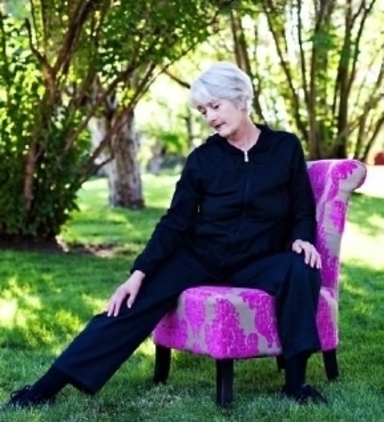Tai chi short for T’ai chi ch’üan or Tàijí quán means ‘supreme ultimate’ and, as practised in China as long ago as the 14th century, it developed into a system of simple, slow, beautiful and graceful movements of the body linked together in a dance-like formation. In China and elsewhere in the world today, it can often be seen being practised in the early morning in the open air.
Although allied historically to the martial arts, it replaced aggression with slow, contemplative movements that help the practitioner focus on the integration of the body and mind. Its basic objective is to increase awareness of the energy (chi) in the body and remove deep, unconscious stress.
Primarily 2 Steps – Meditation and Movement
Tai chi primarily involves two steps — meditation and movement. The meditation provides the experience of stillness and the movement is inspired from the belief that ‘running water never stagnates’. Although it appears deceptively simple, Tai chi can take time to learn. Loose clothes are essential and the student is taken through each movement cycle in stages. The short form of movement consists of about 40 movements, while the long form contains over 100 movements which can take over half an hour to perform.
Health Promoting and Life Enhancing Benefits:
Though Tai chi is not used specifically for treating a particular condition, it is useful as a health-promoting and life-enhancing daily routine.
- It helps manage stress and tension. It is believed that most people carry their stresses in the lower back region because the lower back contains all the major nerves that lead to the brain.
- Diminishes long-term muscular pains.
- Since Tai-chi involves no sitting positions and all the work is done by the lower body, it is believed to help get rid of the stress by postures that take the lower back in and bring it down.
- The standing meditative posture is done in a way which places the body weight on certain points on the feet. Pressure on these points cause the kidneys to be stimulated. The Chinese believe the kidneys to be the most important organ in the body. So if the kidneys are in good health, the rest of the body is considered to be in good health too.
- The warming-up exercises strengthen the muscles, tendons and ligaments.
- Tai-chi movements are also known to help increase the capacity of the lungs and promote relaxation.
- Prevents Dementia and improves concentration: Tai chi has also been touted as a possible method for helping to prevent dementia or for slowing down the progression of the disease. Studies, for example, have shown that it can enhance cognitive functioning, such as better performance on tests for speed to understand and respond to information, attention, and memory for current tasks. Tai chi is also considered to have the potential to delay the deterioration in cognitive functioning associated with dementia. Indeed, a study from 2015 found that people who did aerobic exercise or a mind-body exercise like tai chi were less likely to have dementia six years later.
